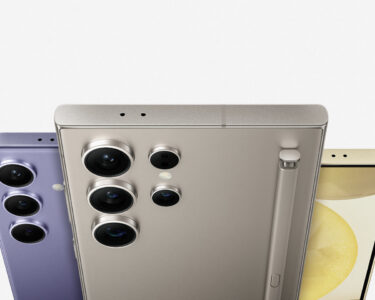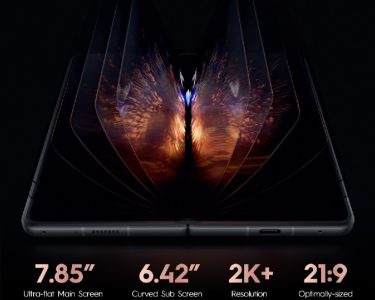It is a well known fact that the smartphone market has gone on to see slight stagnation in the more recent times. Of course like one might have imagined, this also translates to the mobile chip industry as the global cellular base and processor has also seen a decline of about three percent year on year over 2018 – in 2019. However, even though this period was highlighted by an overall decline, the 5G enabled chipset actually proceeded on to grow around two percent in terms of market share!
Indeed it was last year that saw 5G networking breaking out into the market. In its nascent stages, it was only the premium and expensive flagship smartphones that housed the particular chipsets which were capable of supporting the newer and faster bandwidth. And while the prices were certainly high, the market did in fact witnesses decent success and even going on to manage a gain in the overall market share of two percent. Moreover, the growth was actually facilitated be early adopters which included the likes of Qualcomm with its 5G modems in its Snapdragon processors, while also including Huawei with the company’s HiSilicon Kirin flagship processors – and of course – even Intel!
Must Read: Samsung Galaxy S10 Lite’s US release now announced
Over the 5G enabled chipsets, it was Qualcomm that came out on top as the company held the most dominant position in the market – securing a 41 percent market share. HiSilicon saw its place in second with 16 percent market share, while Intel clocked in with 14 percent – securing third place. The remaining space was filled up by other brands, however, for now, these three are indeed the major contributors – and that too by far! Before the Coronavirus pandemic took its toll on the world, it was widely expected that 5G would become more mainstream this year.
Of course considering the fact that smartphone brands are constantly edging towards 5G over 4G especially in new flagship models, one would have to imagine that the expected takeover by 5G will occur – it’s only a matter of time.



